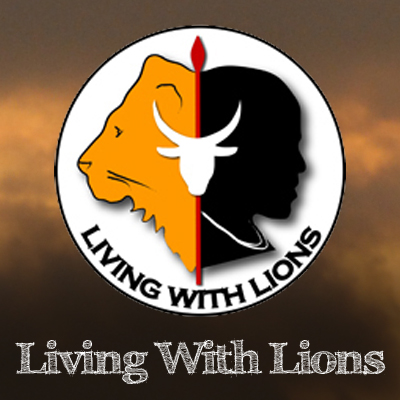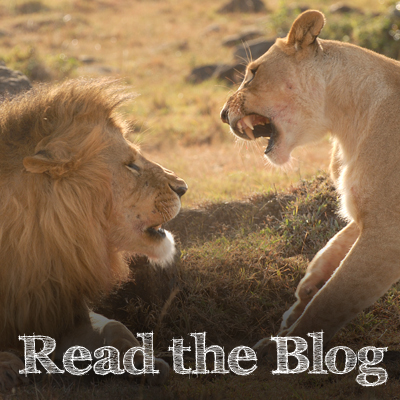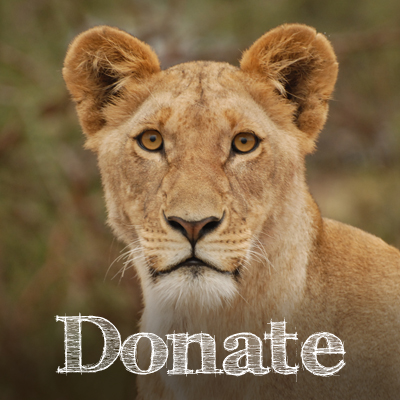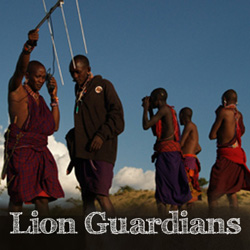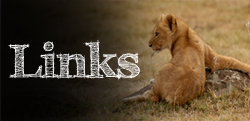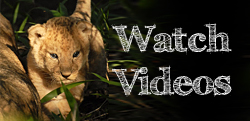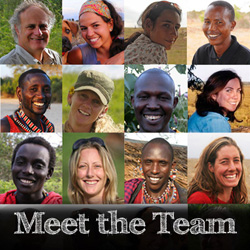About
Throughout Africa, lions face extinction because people kill them in retaliation for attacks on livestock.
Living With Lions carries out science-based conservation in rangelands of Kenya, working to reduce the cost of predators to livestock and people.
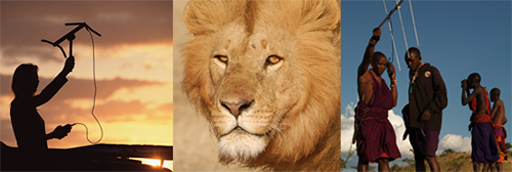
Laikipia Predator Project
Since 1997, the Laikipia Predator Project has been protecting predators by improving livestock practices, studying the ecology and behaviour of predators that live alongside humans, and monitoring their response to conservation action. read more
Mara Predator Project
The Mara Predator Project is building an online identification database of lions around the Masai Mara. We are working with lodges to establish a long-term, widespread monitoring system and raise awareness of conservation issues. read more
Kilimanjaro Lion Conservation Project
The Kilimanjaro Lion Conservation Project works in the Amboseli region of Maasailand to help Maasai communities avoid livestock losses, monitor lion and hyena numbers and understand the dynamics of this severely depleted lion population. read more
Lion Guardians
The Lion Guardians program employs uneducated young Maasai warriors to protect lions, work with biologists on lion monitoring, and work with their local community on conservation and sustainable development.
read more
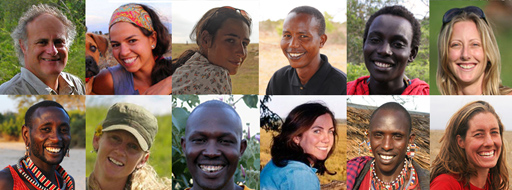
Meet The Team
The Living With Lions team is a small international group of conservation biologists committed to protecting lions and other large carnivores. To read more about us, click here.
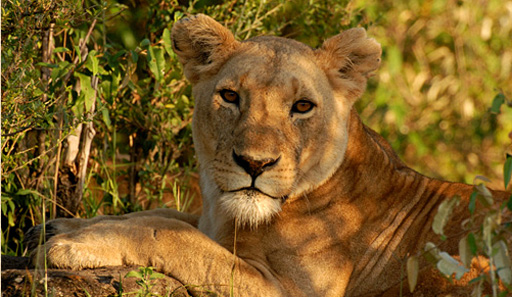
Frequently Asked Questions
Where do we work?
Living With Lions works in rangelands of Kenya, outside of protected national parks. You can visit our website to find out where each of our projects is based and how we are working to protect large carnivores.
To see a map of our project locations, click here.
Why are lions under threat?
Lions are at risk because people kill them in retaliation for lost livestock. Habitat loss is also a major factor, as national parks are often small and isolated, and lions are unable to move between them. This results in a lack of gene flow between viable populations.
What can we do?
We can prevent livestock losses by encouraging traditional herding practices, and promote tolerance for predators by highlighting their importance for tourism and the local economy. Monitoring the population is the first step in effective conservation, allowing us to evaluate the results of conservation actions.
How can I help?
You can help us by donating to one of our projects. Living With Lions is a not-for-profit conservation organization, and 100% of your donation goes to protecting lions. Please see our donate page for more information. By reporting lion sightings, you can help us monitor lions, too.
If you still have questions, click here or email us for more information.








